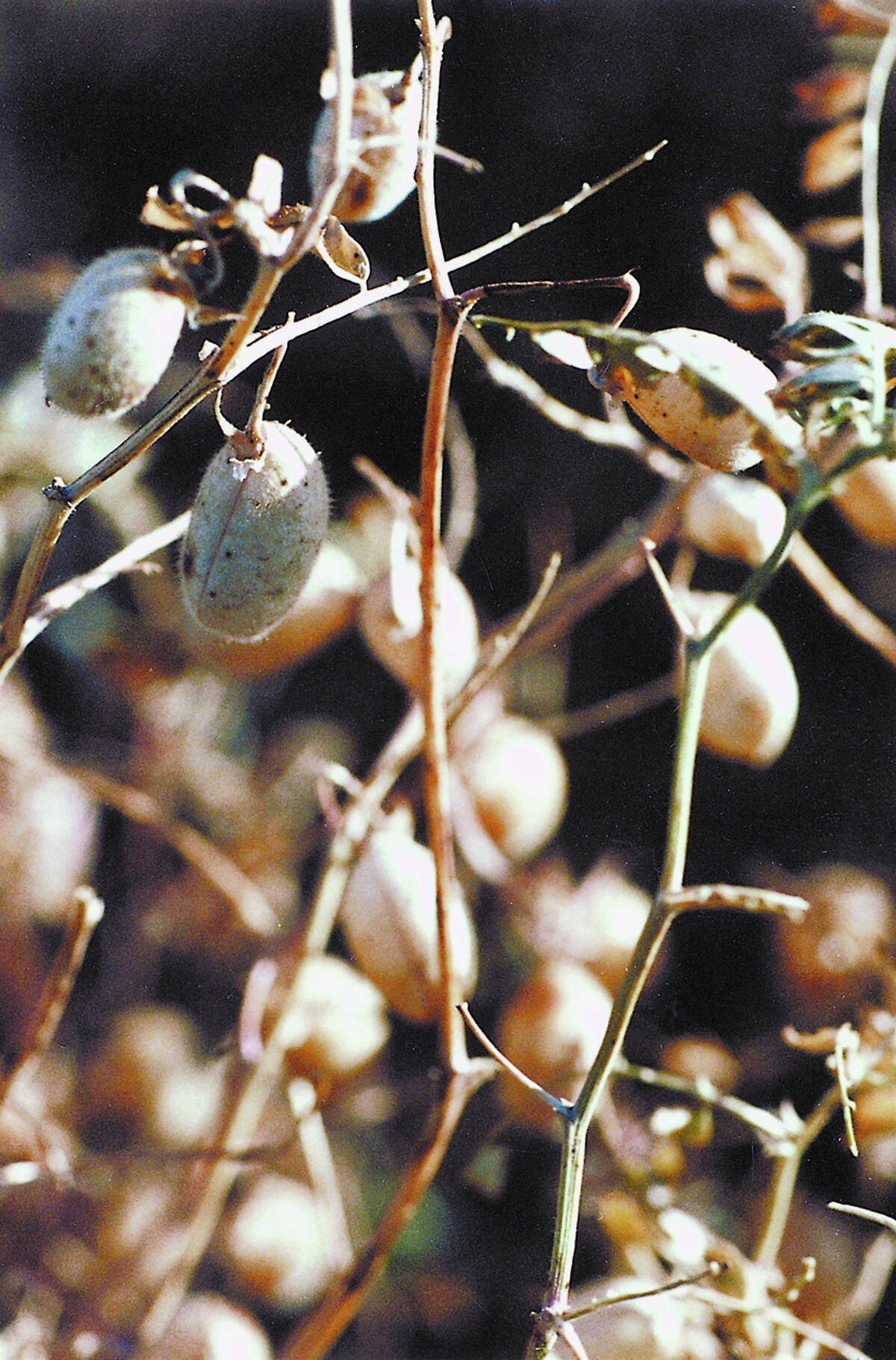Smart technology | As precision agriculture expands, computerization and robotic machinery may follow
There’s little doubt that farm machinery will continue to grow bigger and faster as the Saskatchewan government attempts to increase crop production.
The goal is to increase crop production in the province another 10 million tonnes per year by 2020 from the current 26 million tonnes per year.
“We know there’s going to be a lot of change and challenges put forth in terms of production,” said Les Hill, manager of technical services and business development at the Prairie Agricultural Machinery Institute.
PAMI recently held a vision session about the future of the industry as part of a bigger event celebrating the past 35 years of innovation.
Read Also

Low-quality chickpeas in abundance this year
There are plenty of low quality chickpeas to move this year but the pet food market is already oversupplied with product.
Thirty agricultural leaders from Saskatchewan were divided into groups to discuss and brainstorm key suggestions. The group included representatives from major producer groups as well as manufacturers and value-added processors.
“PAMI is here to deliver practical results for the agricultural industry. Sessions like this are essential to ensure that our research is focused on producing the new technologies farmers want and need,” said PAMI president Dave Gullacher.
Before the session began, Gullacher named the four outstanding pieces of machinery that were seen as critical tools in the industry: air drills, tractors, sprayers and combines.
Forum participants were asked to focus their thoughts on the Big Four and make suggestions under the topics of crop characteristics, rural population challenges, genetically modified crops, labour and technology.
Smarter technology dominated the discussion, said Jim Bessel, a former agronomy specialist with the Canola Council of Canada.
“The future of robotics was certainly one of the key factors because of precision applications. Precision seeding will be more of a focus, and I think that was a hot topic at a lot of tables,” he said.
Discussion at his table also touched on computers and the use of drone technology in the military.
“There are all kinds of things that you may not always have a live person sitting in the seat of a tractor, or on a sprayer or what have you,” he said.
“You may be able to set it up that you can have more of the technology that’s available through computerization and robotics to accomplish the tasks that are necessary, especially for large acres and large farms.”
Grain storage was also talked about, particularly canola and flax.
“Storage being what it is, with large bins these days, has created some new challenges because of the large capacities of these bins and maintaining the quality of the oilseeds is always a key factor,” he said.
Market issues, sustainability and adaptability were discussed at length at Linda Braun’s table.
“We all agreed that larger might not be smarter. It may make sense in some instances,” said the executive director of the Saskatchewan Flax Development Commission.
“It’s interesting whether or not you were coming from a farm perspective, or a research perspective or a trade perspective. Some of the same things were coming out.”
Key suggestions included:
- Smarter machines: increasing robotics in farm machinery so that 24/7 harvesting is possible with fewer workers. However, participants did not go so far as to endorse entirely driverless machinery
- Smarter crops: researching new and improved varieties of high-margin crops and using genetic modification to develop crops that provide for each other, such as one crop providing readily available nutrients or pesticides for another crop coming next in the rotation
- Smarter first, before bigger: building farm equipment that is easier to operate and maintain while continuing to improve efficiency
- Consumer is king: ensuring producers understand and respond to what consumers want
- Filtering information overload: ensuring that farmers have access to training and unbiased advice to deal with the increasing complexity of the industry. This should include providing high quality and standardized skills training for the emerging workforce of professional farm machinery operators
- Sustainable farming: lowering the environmental impact of farming and ensuring crop varieties are viable in the long-term, even under changing climatic conditions
“This isn’t just a wish list for the agriculture industry. These research goals will define a major part of the future of Saskatchewan and the world,” Gullacher said. “Premier (Brad) Wall’s goal of increasing Saskatchewan’s agricultural production by 10 million tonnes by 2020 makes it all the more essential that we develop new and better ways to grow and harvest crops. On top of that, we live in an increasingly hungry world where Saskatchewan will bear an ever-larger responsibility as a food producer.”















